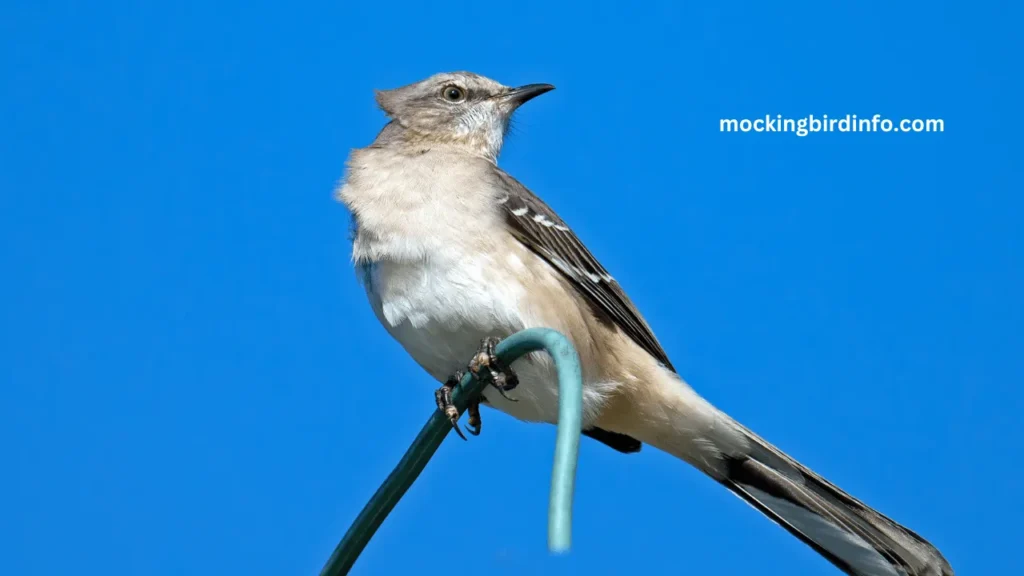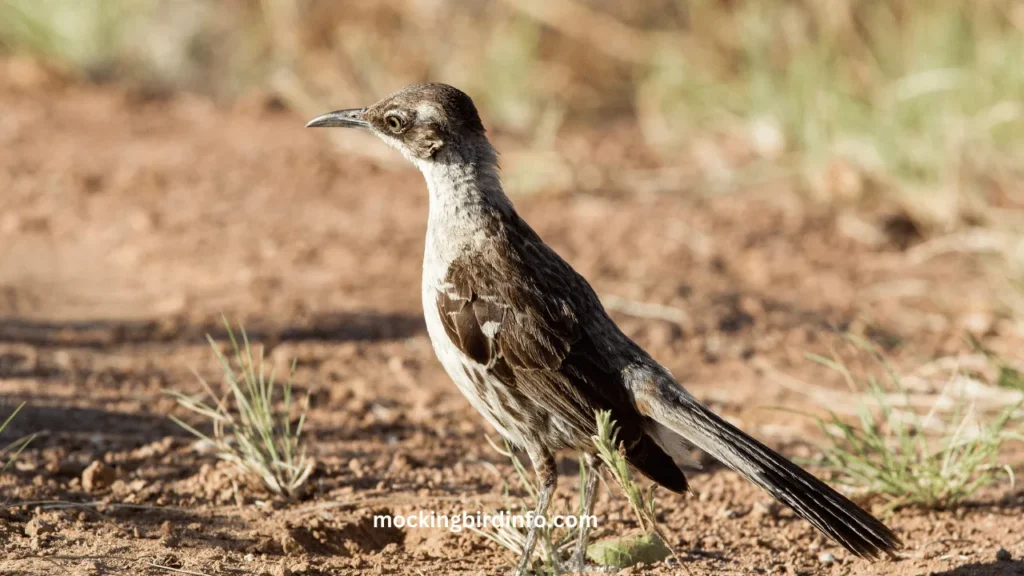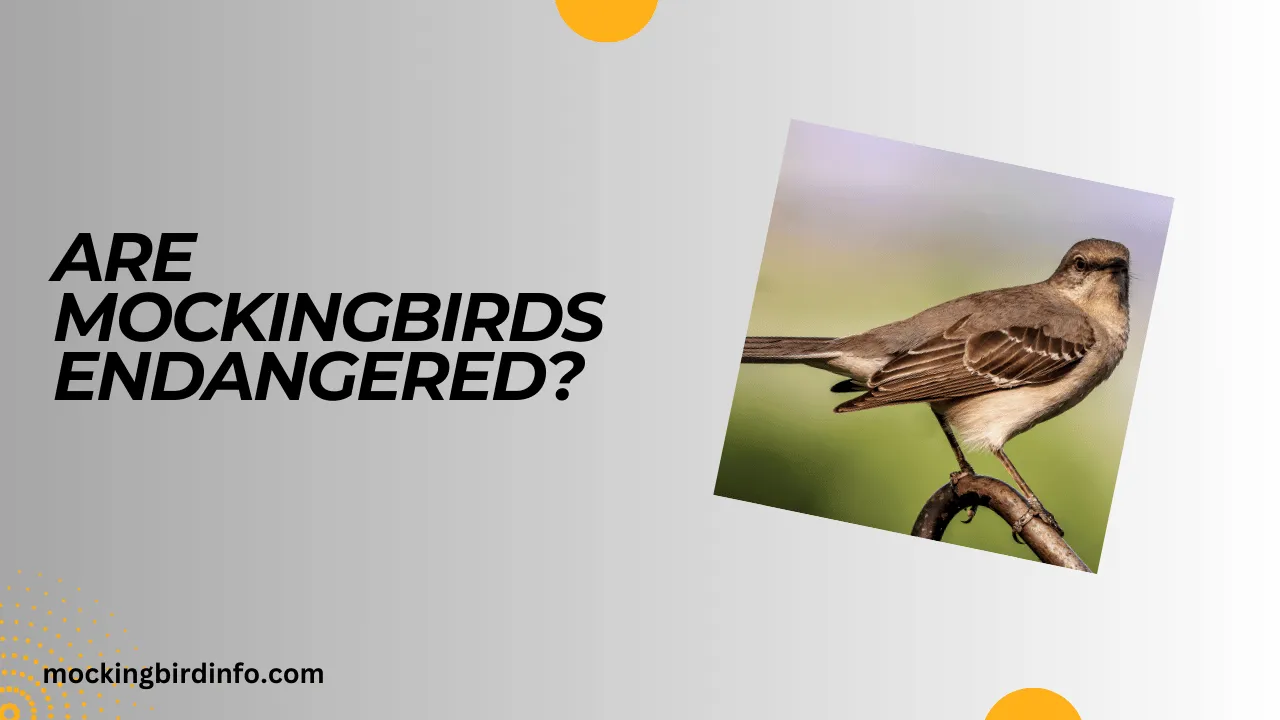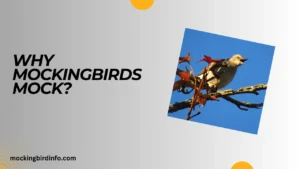The mockingbird has long captured the imaginations of birdwatchers and nature enthusiasts alike. Known for its ability to mimic the songs of other birds and even mechanical sounds, this clever bird’s unique abilities are a testament to its intelligence and adaptability.
However, despite their resilience, mockingbirds face a future fraught with uncertainty. As we enter an era of rapid environmental change, the question arises: Are mockingbirds endangered, and if not, should they be?
While mockingbirds are not currently listed as endangered, the challenges they face today cannot be overlooked. From habitat destruction to climate change, mockingbirds must contend with various threats that could jeopardize their future.
Understanding these threats and the importance of mockingbirds in our ecosystem is crucial for anyone concerned about the health of our environment.
This article delves into the factors affecting mockingbird populations, the conservation efforts that aim to protect them, and the outlook for their future.
By the end of this article, you will have a clearer understanding of how we can all play a role in ensuring mockingbirds continue to thrive in the wild. Their fate is in our hands, and it’s time we take action before it’s too late.

Contents
1. Factors Affecting Mockingbird Populations
Mockingbirds are not immune to the challenges posed by a rapidly changing world. These challenges stem from a variety of sources, including natural and human-made factors. Understanding these threats is the first step toward protecting these amazing birds.
Habitat Loss: Habitat loss is one of the most significant threats to mockingbird populations. As urbanization spreads, more natural areas are being replaced with buildings, roads, and infrastructure.
This loss of habitat not only limits the space where mockingbirds can nest, but it also reduces the availability of food sources. Mockingbirds thrive in open spaces, such as gardens, fields, and shrubs, but urban environments offer few of these natural features.
Additionally, the deforestation and agriculture expansion taking place in rural areas have contributed to the decline of available natural habitats, pushing mockingbirds into smaller, more fragmented areas that may not support their needs.
Climate Change: The impacts of climate change are becoming increasingly evident in many ecosystems. For mockingbirds, this means altered migration patterns, changes to breeding seasons, and fluctuations in food availability.
Warmer temperatures can disrupt the timing of food sources such as insects, which are critical to mockingbird diets. Additionally, rising temperatures can affect rainfall patterns, leading to droughts or floods that could destroy nesting sites or harm the birds directly.
Mockingbirds are also vulnerable to extreme weather events like hurricanes or wildfires, which can devastate the habitats they rely on for survival.
Predation: Predation is a natural challenge for mockingbirds, but with the growing presence of human settlements, the risk has intensified.
Domestic cats, which are one of the leading causes of bird mortality worldwide, pose a significant threat to both adult mockingbirds and their nests. Cats kill birds not only through direct predation but also by spreading diseases like toxoplasmosis.
Additionally, larger predators like hawks, coyotes, and raccoons may target mockingbird nests, especially if those nests are in vulnerable or exposed locations.
The increase in invasive species further exacerbates the problem, as these non-native animals may be more efficient hunters than local predators, further reducing the mockingbird population.
Disease: Diseases like avian malaria, West Nile virus, and avian pox are threats to bird species worldwide, and mockingbirds are no exception. These diseases are often spread by insects like mosquitoes, which thrive in warmer conditions.
The spread of disease has the potential to devastate bird populations in areas where these illnesses are prevalent, and mockingbirds, which are already facing habitat challenges, may struggle to recover from such losses.
Human Impact: The impact of human activity on mockingbirds cannot be understated. Pesticides used in agriculture can poison the insects mockingbirds feed on, and pollution—whether through air, water, or light—can disrupt their natural behaviors.
Light pollution, especially in urban areas, can interfere with the mockingbird’s ability to communicate and navigate. Additionally, the increasing presence of human-made structures like power lines, windows, and cars presents a growing risk for collisions and fatalities.
2. Conservation Efforts
Despite these significant threats, conservation efforts have been initiated to safeguard mockingbirds and their habitats. These efforts focus on both protecting existing habitats and creating new environments where mockingbirds can thrive.
Habitat Protection: One of the most effective ways to protect mockingbird populations is to preserve their natural habitats. Conservation organizations and government agencies have worked to establish protected areas where mockingbirds and other wildlife can live without the direct threat of urbanization.
These protected spaces, such as national parks and nature reserves, provide sanctuaries where birds can nest, find food, and escape the dangers of human development.
Additionally, habitat restoration programs aim to rehabilitate areas that have been damaged by human activities, such as deforestation or urban sprawl.
By reintroducing native plants and removing invasive species, these restoration projects create safer, more sustainable environments for mockingbirds.
Bird-Friendly Landscaping: Homeowners and urban dwellers can also help protect mockingbirds by creating bird-friendly environments in their own backyards.
Native plants provide crucial food and shelter for mockingbirds, attracting insects that these birds need to feed their young. Additionally, planting trees and shrubs that mimic the natural habitat of mockingbirds can offer them nesting sites.
Water features, such as birdbaths or small ponds, can also draw birds into your garden. By creating a welcoming space for mockingbirds, you contribute to the preservation of their populations.
Citizen Science: The role of citizen science in monitoring mockingbird populations cannot be underestimated. Enthusiastic birdwatchers, students, and volunteers participate in programs that track sightings, monitor nesting behaviors, and collect data on mockingbird migration patterns.
This data is invaluable to scientists and conservationists who need up-to-date information on bird populations. Citizen science has become an essential tool for informing conservation policies and guiding efforts to protect mockingbirds.
The involvement of the public ensures that the conservation message reaches a wider audience and engages more people in helping protect the species.
Education and Awareness: Raising awareness about the plight of mockingbirds and the importance of their conservation is crucial. Education plays a significant role in helping people understand how their actions impact local wildlife.
Programs aimed at schoolchildren, wildlife enthusiasts, and the general public can raise awareness about the importance of protecting birds and their habitats.
By sharing knowledge about the specific threats mockingbirds face, we can encourage individuals to take action, whether by reducing their carbon footprint, supporting local conservation projects, or volunteering with bird protection organizations.

3. Future Outlook
The future of mockingbirds is uncertain. Although conservation efforts are making a difference, challenges remain, and new threats continue to emerge.
Potential Threats: The future of mockingbirds may be threatened by new dangers, such as the spread of invasive species. For example, non-native predators, such as the European starling, can outcompete mockingbirds for food and nesting sites.
Additionally, as climate change continues to affect weather patterns, new diseases or shifts in migration patterns may further strain already vulnerable populations. Invasive plants can also change the landscape, making it harder for mockingbirds to find suitable habitats.
Conservation Challenges: One of the biggest challenges in conserving mockingbirds is balancing the needs of wildlife with those of human development.
As urban sprawl continues to push into previously wild areas, there is increasing competition for space. Effective conservation requires a concerted effort to protect green spaces, enforce environmental regulations, and prioritize the needs of wildlife alongside human growth.
Urban planning, policy changes, and sustainable practices must all work together to preserve habitats for mockingbirds and other species.
Hope for the Future: Despite these challenges, there is reason to be optimistic. Thanks to ongoing conservation efforts, public awareness campaigns, and scientific research, the future of mockingbirds doesn’t look entirely bleak.
With continued efforts to protect habitats, support local conservation initiatives, and address the threats posed by climate change, mockingbirds have a fighting chance.
Education and community involvement are key to ensuring the long-term survival of mockingbirds, as they encourage people to take small but meaningful actions in their own lives to protect these birds and their environment.
Conclusion
To sum up, while mockingbirds are not currently in danger of extinction, they face significant challenges that could threaten their populations in the future.
Habitat loss, climate change, predation, disease, and human activity all play a role in the decline of mockingbird numbers.
Fortunately, through ongoing conservation efforts, citizen science initiatives, and public education, there is hope that we can mitigate these threats and protect mockingbirds for generations to come.
As individuals, we can contribute to the conservation of mockingbirds by creating bird-friendly environments, supporting conservation organizations, and raising awareness about the threats these birds face.
Every action counts in the effort to ensure the survival of the mockingbird, and by working together, we can help secure a future where these extraordinary birds continue to thrive.
FAQs
1. Are mockingbirds endangered?
No, mockingbirds are not currently endangered, but they face several threats that could impact their populations in the future.
2. What threats do mockingbirds face?
Mockingbirds face threats like habitat loss, climate change, predation, disease, and human impact.
3. What can be done to protect mockingbirds?
Efforts to protect mockingbirds include habitat preservation, bird-friendly landscaping, citizen science, and raising public awareness.
4. How does climate change affect mockingbirds?
Climate change can alter migration patterns, breeding seasons, and food availability for mockingbirds, making survival more challenging.
5. What is citizen science?
Citizen science involves members of the public helping with scientific research by tracking bird sightings, nesting behavior, and migration patterns.
6. How can I help protect mockingbirds?
You can help by planting native plants, creating water features in your garden, and avoiding harmful pesticides.








